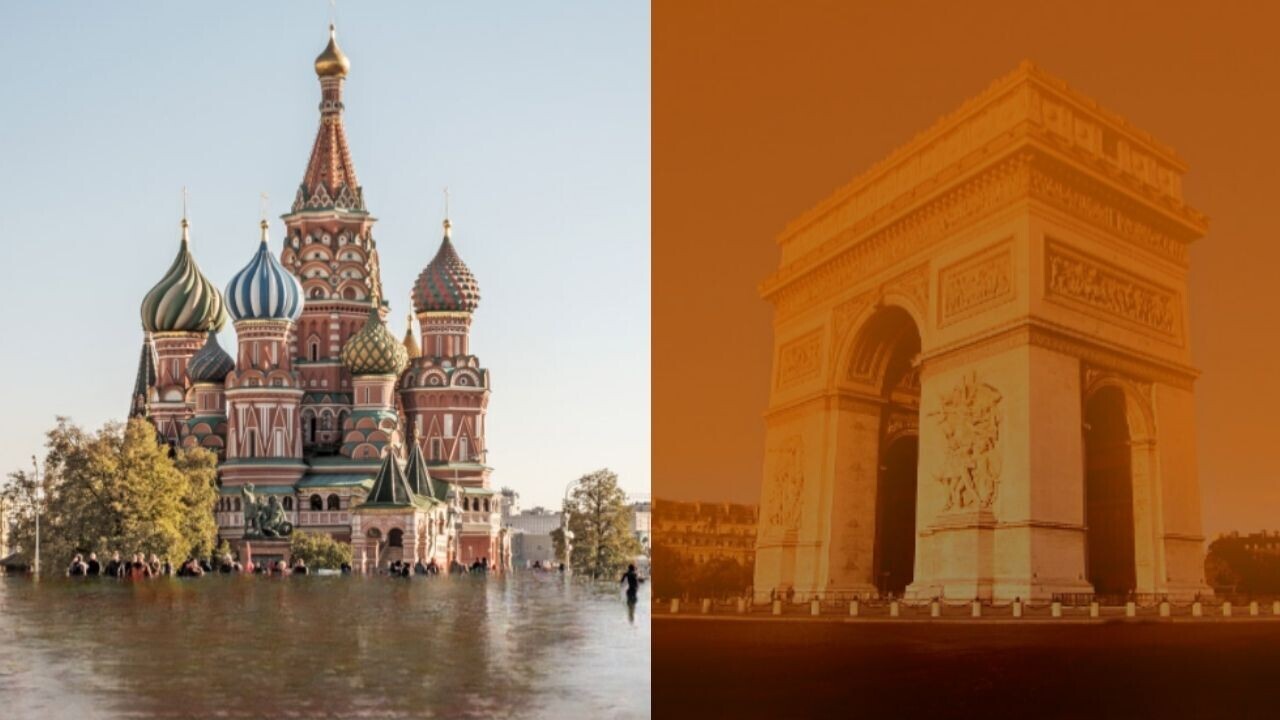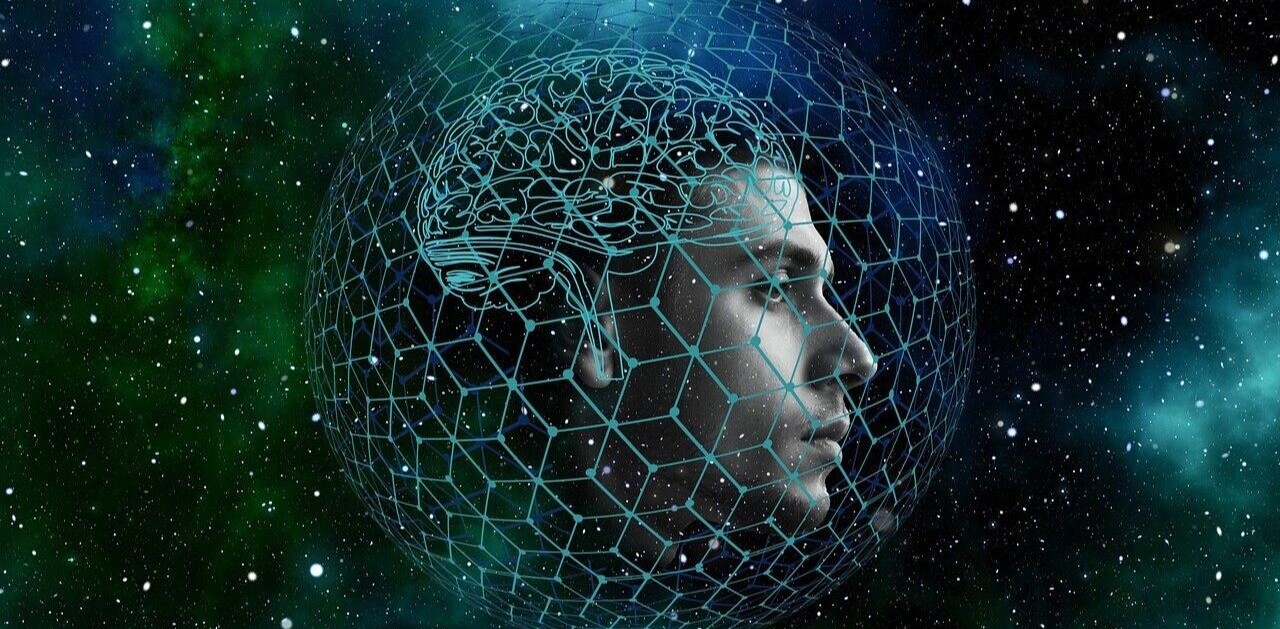
Scientists have developed a novel way of making people care about climate change: flooding their homes.
Not their real homes, of course; the destruction is merely a simulation — for now. But projecting catastrophic consequences onto familiar places could generate awareness through empathy.
“Shock is not the endgame here,” said study lead author Victor Schmidt, a PhD candidate at the Mila Quebec AI Institute in Montreal, Canada. “We want to trigger and leverage emotions towards actions.”

The images of floods, wildfires, and smog are created via a deep learning model the researchers call ClimateGAN.
Their architecture harnesses generative adversarial networks (GANs), which create new images by pitting two neural networks against each other: a generator and a discriminator.
The generator produces artificial content, such as pictures of flooded streets. The discriminator then compares the fake images to real photos. After numerous iterations, the generator learns how to fool the discriminator into believing the artificial images are real.
The visualizations are then projected onto photos of real places. You can see them for yourself at a website called This Climate Does Not Exist.
Just enter an address listed on Google Street View and the system will slap your choice of flood, wildfire, or smog onto the location.
The images do not exist, but the disasters they depict could make the abstract impacts of climate change more concrete.
Greetings Humanoids! Did you know we have a newsletter all about AI? You can subscribe to it right here.
Get the TNW newsletter
Get the most important tech news in your inbox each week.




